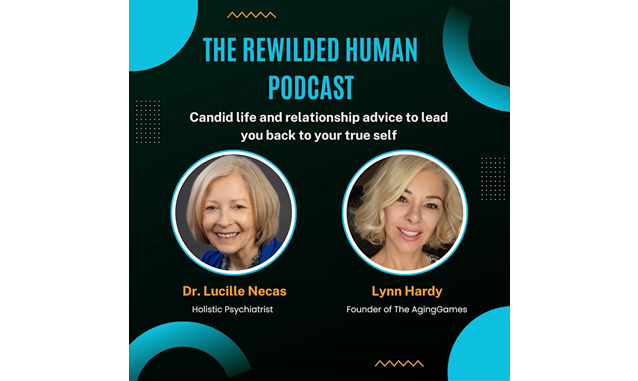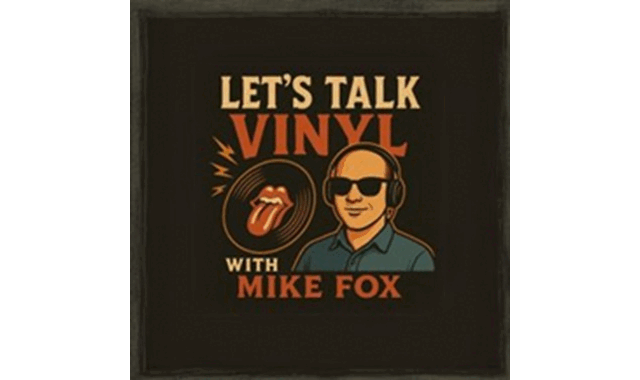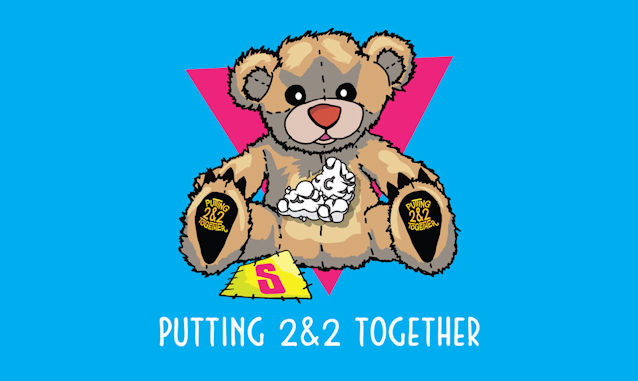World's First and Largest Podcast Network Founded in 2005!
Highlights




Today's Podcast Episodes For Thursday, 1/8/2026
Promoted Episode


The Empire Rarely Strikes Back: The Problem Was Sequels
The Jocular Pugilists Podcast
COMEDY
Sponsored Podcasts
Newest Podcasts
Top Podcasts...
Latest Episodes

And Maybe A New Trend
From the podcast Awesome News Daily
Released 1/8/2026

The Empire Rarely Strikes Back: The Problem Was Sequels
From the podcast The Jocular Pugilists Podcast
Released 1/8/2026

The Corner Connection – Cherishing The Importance Of What Truly Matters During The Holidays
From the podcast Cousin Ed’s Corner
Released 1/7/2026

One Idea Per Slide: The Rule That Will Change Your Presentations
From the podcast Conversations on Careers and Professional Life
Released 1/7/2026

FULL VIDEO: LIVE With The Louisiana Abortion Fund, Criminalizing Healthcare Is NOT Reproductive Justice
From the podcast F*ck, Marry, Kill
Released 1/7/2026

#82 How AI Is QUIETLY Changing Real Estate Investing | Stephanie Betters
From the podcast Real Estate Masters Podcast
Released 1/7/2026

AUDIO ONLY: LIVE With The Louisiana Abortion Fund, Criminalizing Healthcare Is NOT Reproductive Justice
From the podcast F*ck, Marry, Kill
Released 1/7/2026

Rick Rule: Gold And Silver Are Exposing The Real Crisis
From the podcast In it to Win it
Released 1/7/2026

10 Years. Every Week. The Real Formula Behind Cultural Longevity
From the podcast Attractive Mindset With Mastermind Rich
Released 1/7/2026






























